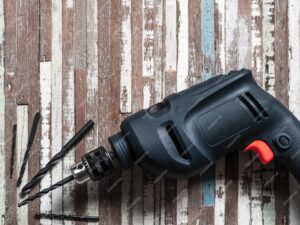Heavy and industrial machinery repair has evolved thanks to technological advances and a deeper understanding of how equipment works. Rather than simply fixing broken parts, repair companies now employ data-driven diagnostics and advanced techniques such as predictive maintenance, which analyzes wear and tear patterns to predict potential failures before they occur. Techniques include vibration analysis, ultrasound and thermography, which can detect internal problems not visible to the naked eye, such as worn bearings and overheating of critical components.
Diagnostic automation and remote monitoring tools have also revolutionised the industry, allowing technicians to access real-time performance data, optimising repair accuracy and speed. This scientific approach to repair not only increases the lifespan of machinery, but also reduces operating costs by avoiding long downtime and extensive repairs.




